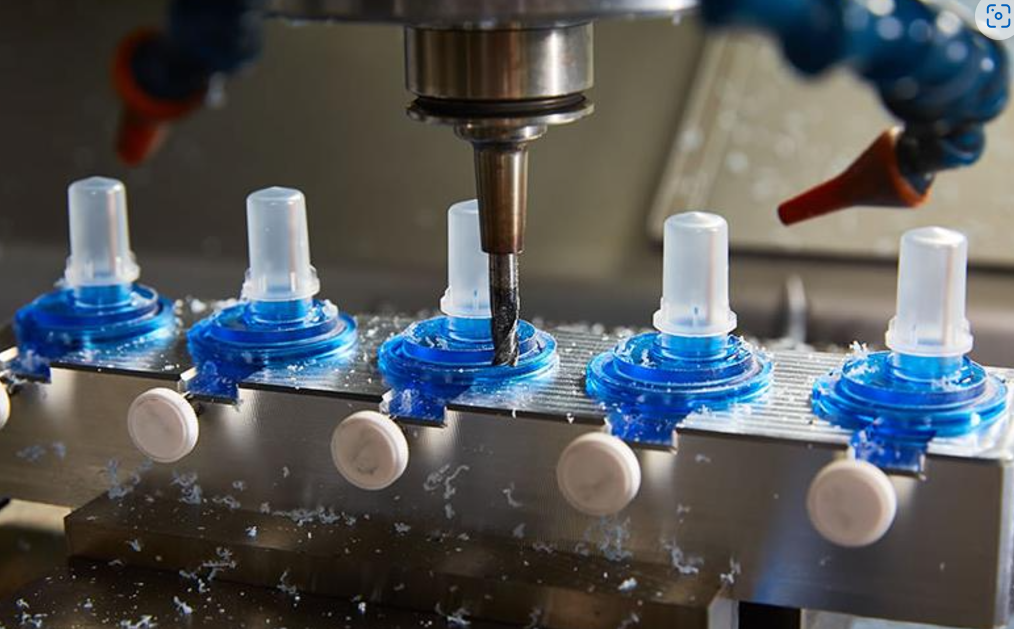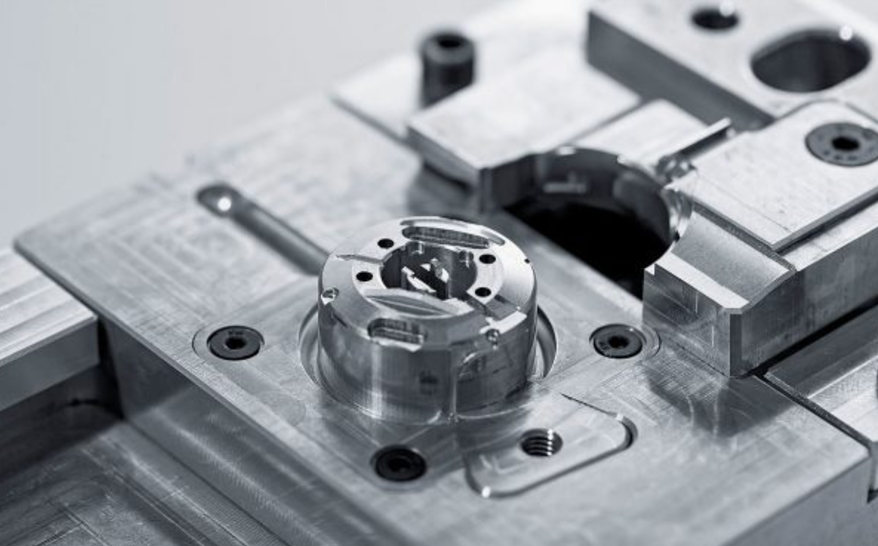In the modern manufacturing process, most manufacturers opt for CNC prototyping techniques when it comes to producing parts or prototypes in large quantities. The prototyping machines are vital for the success of your machining process.
The entire production process uses computer software to control all the essential tools and parts like drills and lathes. These machining techniques are used in multiple industrial sectors to create prototypes and end-use parts.
Table of Contents
ToggleIs CNC machining perfect for prototyping
It not a hidden fact that 3D printing is the most popular technique when it comes to rapid tooling but prototype machining can also give it serious competition when it comes to cost-benefit analysis when it comes to analyzing the original design before pouring all your money into the project.
To understand or comprehend different ranges of prototypes or the techniques used, it’s important to understand the reason for the existence of the prototypes. First and foremost is, prototypes have a wide variety of functions the most important one being the representation of how the end-product will appear, feel, and look.
Its visual representation aspect will be used for development and research and showing off the proof-of-concept, if the resultant prototype has a superior look and aesthetics then you can secure funding from potential or new investors.
For other types of products, it’s usually more than just visual representation. Depending on the product phase development, other firms can engineer products or prototypes that not only look and feel like the end-product but also function like them too.
Let’s not kid ourselves, when it comes to the creation of prototypes that are identical to the final product, the 3D printing is a perfect choice. But, if you are in the market for a functional prototype, then look no further CNC prototyping machining is the suitable technique for the manufacturing of parts or products with a higher strength as well as dimensional stability.
Most manufacturers or clients don’t use or need end-use parts created by 3D printing, but as for CNC machining; it provides the perfect solution as its compatible and suitable to the type and nature of the prototype.
Comparisons between CNC prototyping machining and conventional machining, which is better?
Both conventional and CNC prototype machining use the same raw-materials and produce similar endo-products. The techniques employed are also quite similar but, they also have key differences.
Some of the differences between tow manufacturing techniques include:
- Conventional machining is perfect for smaller quantities as its affordable, but when it comes to mass production; CNC prototype machining is the most suitable option as it will provide you as a client with large economies of scale.
- CNC prototyping is an automated process, all it needs is a single operator who will input commands and control the machines using a computer. On the other hand, conventional machining requires a manual operator who oversees the entire procedure.
- Prototype machining comes with a wide variety of benefits that cannot be found in conventional machinings such as accuracy, faster rates or production, and accuracy.







